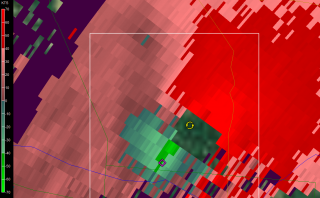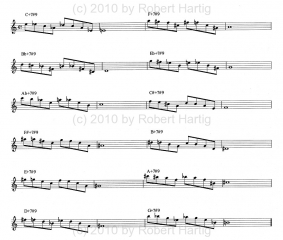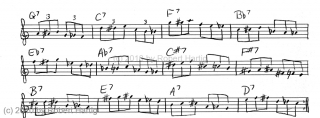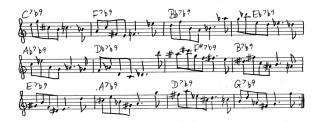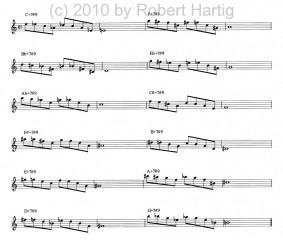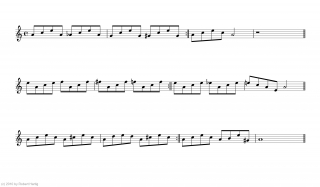Today is the first day of meteorological spring, and while March is poised to come in like a lion, there may be nothing lamb-like about its exit. Not if these past few days and tomorrow’s setup are any indication of what to expect.
Tuesday saw 25 tornadoes in Nebraska, Kansas, Missouri, and Illinois, with several fatalities. Wednesday logged another ten in Indiana and Kentucky. Today is another light-risk day, and tomorrow the SPC has outlooked a large swath from southern Indiana and Ohio down through Kentucky and Tennessee to northern Mississippi and Alabama in a moderate risk.
Like most storm chasers, I’ve been watching this system for several days. Typical of early-season setups, it will be a dynamic system driven by crazy upper-level winds and a strong low-level jet overspreading weak to moderate instability. With this kind of setup, 500 J/kg CAPE can get the job done. But with storm motions this fast, intercepting them will be more like a skeet shoot than a chase.
Regardless, I expect to head out tomorrow for my first chase of the year. I’ve been casting my eyes on southeastern Indiana and southwestern Ohio, not far south of where the peak 500 mb jet energy will be nosing in. I notice that the latest NAM is a bit more conservative with instability, nudging it southward, so I guess the question is, how far south does one want to travel for this kind of fast-moving system? Probably not very. I don’t see the point of going after fast-moving storms in Kentucky or Tennessee in hilly, woodsy terrain that obscures the view. That’s a discussion point with Kurt and Bill, since the three of us will likely chase together.
This looks to be a dangerous situation across northern Dixie Alley. Crossing fingers and hoping for minimal impact on communities tomorrow afternoon into the night.
